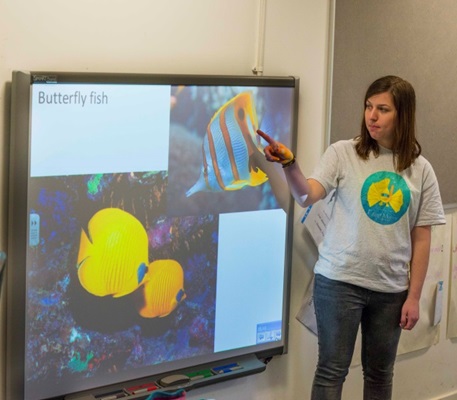Scientists need to get off their imaginary pedestals and connect with people, suggests Vikki Smith.
London’s Natural History Museum is an incredible place for a scientist. I had fun exploring the collections a few weeks ago. Entering the public galleries, I was instinctively dismayed; I wanted to revere these treasures all by myself, in the respectful silence they deserve. How can Joe Bloggs and his sprogs fully appreciate seeing birds that were collected by the hands of Alfred Wallace, for example?
Then I realised my ill-placed arrogance. The public are powerful. Not only are they parents of next year’s scientists, but they are voters and taxpayers. They get to decide where their money goes, how society is structured, and what decisions our government makes. There are many more non-scientists than scientists. We need them to understand, appreciate and enjoy our work. Looking down on them, and excluding them, is shooting ourselves in the foot.
Unfortunately, we are very good at excluding people. Most scientific papers are impenetrable if you haven’t been schooled in science (not even considering the paywalls). We operate within our own safe academic world, but outside it are people we need to connect with. Whether they understand our work or not is up to us; people have their own lives, jobs and skills, so why should they make the effort?
Reporting discoveries accurately and objectively in the media is one solution. The recent surge in the number of scientists who blog about their work is also an excellent sign that attitudes are changing 1. To close the rift, we need to become more involved with the media and education, take time to explain our work to others, and be more open about the processes and nature of science itself.

